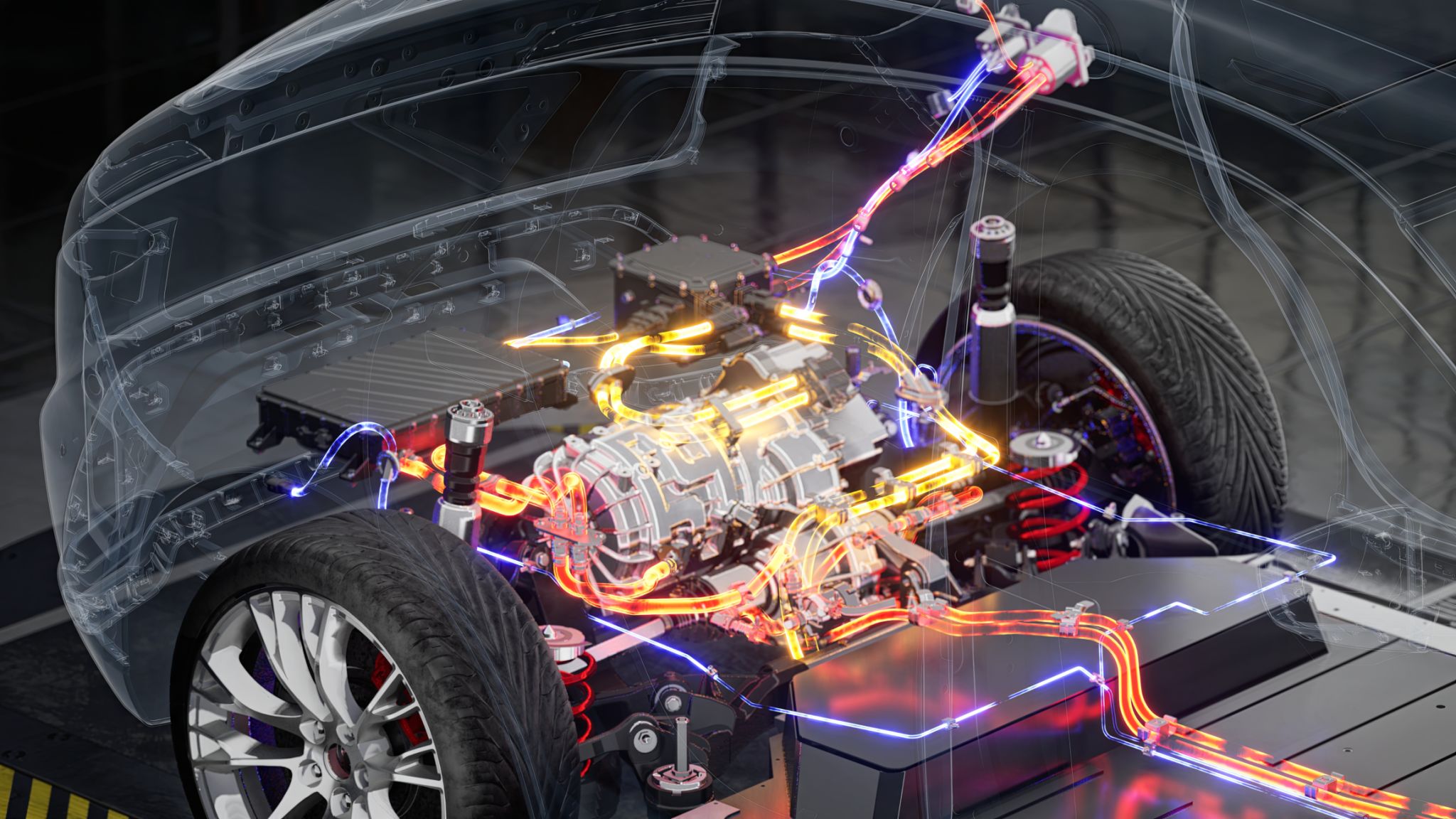Debunking Common Myths About Car Window Tinting
Introduction to Car Window Tinting Myths
Car window tinting is a popular choice for many vehicle owners, offering benefits such as improved comfort and increased privacy. However, despite its popularity, several misconceptions persist about car window tinting. In this post, we'll debunk some of the most common myths surrounding this automotive enhancement.

Myth 1: Window Tinting Is Only for Aesthetic Purposes
One of the most prevalent myths is that window tinting is purely for aesthetic appeal. While tinted windows can certainly enhance the appearance of a vehicle, they offer much more than just a sleek look. Tinted windows can significantly reduce glare from sunlight and headlights, which can improve driving safety.
Moreover, high-quality window films can block up to 99% of harmful UV rays, protecting both the car's interior and its passengers from sun damage. This UV protection helps in preserving upholstery and reducing the risk of skin-related issues.
Myth 2: Tinted Windows Block All Cell Phone and GPS Signals
Another common misconception is that window tinting interferes with electronic signals. Modern window films are designed to minimize any disruptions to cell phone, GPS, and radio signals. Most high-quality window tints are non-metallic and ceramic-based, ensuring that electronic devices function properly without interference.

Myth 3: Car Window Tinting Is Illegal
Many people believe that car window tinting is illegal everywhere, but this is not true. While there are regulations governing the level of tint allowed on different windows of a vehicle, window tinting is legal in many places when done in compliance with local laws.
It's essential to understand the specific regulations in your area, as they can vary significantly from one location to another. Always ensure that your vehicle's tint meets the legal requirements to avoid any potential fines or penalties.
Myth 4: Window Tinting Causes Windows to Shatter More Easily
Some individuals worry that tinted windows are more prone to shattering. In reality, window films can actually strengthen windows by holding shattered glass together in the event of an accident. This added safety feature can reduce the risk of injury from flying glass shards.

Myth 5: Window Tinting Is Permanent and Cannot Be Removed
A prevalent myth is that once applied, window tinting cannot be removed or changed. In truth, window tinting is not permanent and can be professionally removed or replaced if desired. The removal process should ideally be done by professionals to ensure that no damage occurs to the glass or defroster lines.
Conclusion
Car window tinting offers numerous benefits beyond just enhancing the look of a vehicle. By debunking these common myths, we hope to provide a clearer understanding of what window tinting entails. Whether for protection against UV rays or increased privacy, window tinting is a valuable addition to any vehicle when chosen and applied correctly.